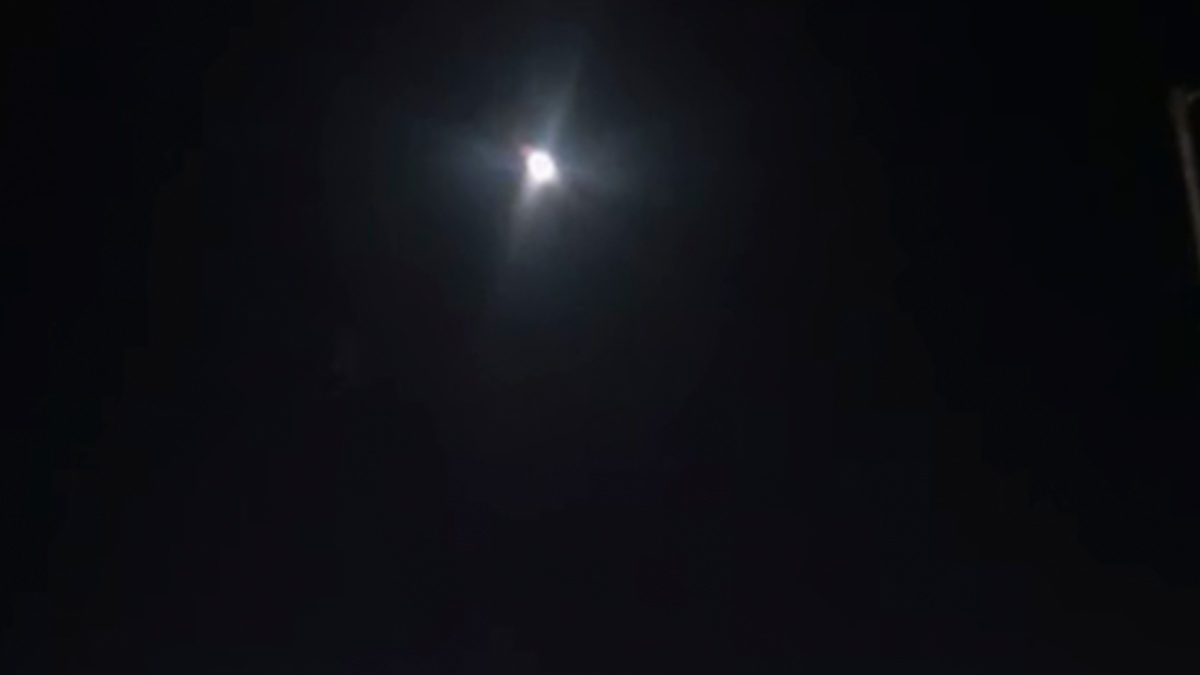How India's upgraded Cold War era guns decimated over 50 Pakistani drones in nights ops

Defence sources, on Friday, said India successfully neutralised over 50 drones during the counter-drone operation, conducted by Indian Army Air Defence units in the areas of Udhampur, Samba, Jammu, Akhnoor, Nagrota, and Pathankot areas along the Line of Control (LoC) and International Borders (IB).
News agency ANI quoted defence sources as saying that Indian armed forces extensively used L-70 guns, Zu-23mm Schilka systems, and other advanced counter-UAS equipment, "demonstrating the Army’s robust capability to counter aerial threats."
The L-70 gun, a 40mm anti-aircraft artillery piece originally manufactured by Bofors AB in the 1950s, was introduced into the Indian Army in the 1960s.
These guns have undergone significant upgrades as India realised the need to counter emerging and evolving aerial threats. State-run Bharat Electronics Limited (BEL) was responsible for the modernisation drive, upgrading them with daylight television camera, thermal imaging camera, and an eye-safe laser range finder.
ALSO READ: How Pakistan reacted to reports of India shooting down its F-16, JF-17 fighter jets
Besides, the hydraulic drives were replaced with electric drives and a Muzzle Velocity Radar was installed to improve firing accuracy.
"The guns can bring down all unmanned aerial vehicles, unmanned combat aerial vehicles, attack helicopters and modern aircraft. The gun has enhanced target acquisition and automatic target tracking capability under all weather conditions with high-resolution electro-optical sensors comprising a daylight television camera, a thermal imaging camera and a laser-range finder," news agency PTI had quoted Capt Sariya Abbasi of the Army Air Defence in 2021.
Developed to offer mobile, close-range protection for ground forces against low-flying aircraft, helicopters, and, in recent times drones and UAVs, the Soviet-rigin Shilka is a self-propelled, radar-guided anti-aircraft weapon system (SPAAG).
It was inducted into the Indian Army in the 1970s. In order to address the evolving challenges in aerial warfare, particularly drones and precision-guided munitions, a wide range of upgrades were carried out.
As part of the upgrades, the original RPK-2 radar was replaced with a 3D active phased-array solid-state radar, and electro-optical systems to enable all-weather, day-and-night operation.
The other upgrades include air conditioning, a new high-power engine, improved communications, CBRN protection, adoption of proximity-fuse shells, and a fire detection and suppression system.
Defence